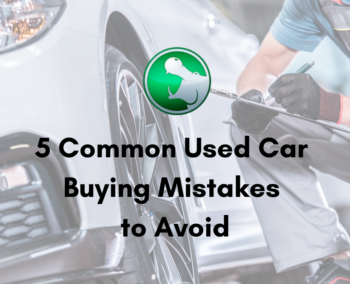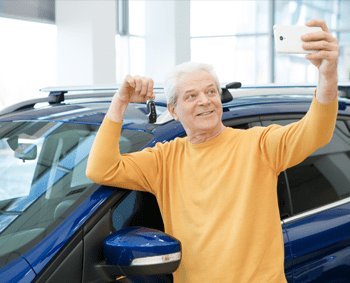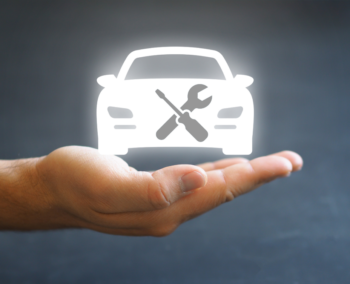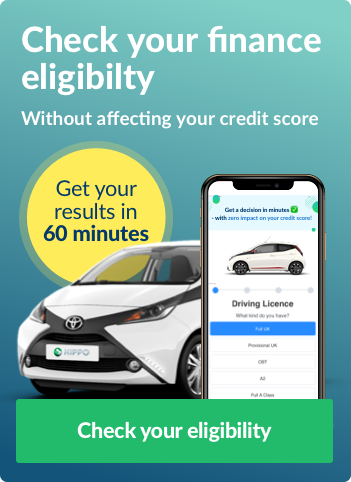Your car search journey will be filled with lots of research, and, like with everything else in life, probably a few mistakes. There are so many reasons to get excited when changing cars: fresh interiors, new tech and gadgets, maybe even a change from manual to automatic, or vice versa (each to their own!).
With the excitement of getting a new vehicle, it’s easy for drivers to make mistakes. Especially if your search has been cast far and wide for the best used car deal on the market. To avoid turning the car of your dreams into a daily problem, we’ve put together some quick tips with the five most common used car buying mistakes to avoid. Here goes…
1. Get your homework mode ON!
Many drivers will admit to knowing very little about cars. In this instance, it makes sense to perform a quick search and check that the car you want is within your budget, and practical for your daily needs.
On the other hand, there are drivers who are self-proclaimed “petrolheads”. Having watched every episode of Top Gear, and once taken a selfie with Richard Hammond at a motor show, they believe their knowledge of cars can turn a sputtering banger into a Bentley.
But, whether you’re a casual commuter or the epitome of a car kingpin, doing thorough research before signing on the dotted line is essential. Buying – or leasing – a car is like investing in a home. When you pick up your keys, you want to drive off in the right car with a smile, not an ok-ish car feeling uneasy about your decision.
When it comes to research, think about what make and model you want. What are your priorities; style or convenience, or both? Is there a particular type of fuel you want the engine to run on? Do you want a car that offers low emissions? Or, simply, is reliability your key requirement? You can check the Reliability Index as a useful indicator for this. Then there’s running costs. How much is the road tax and insurance for each of your shortlisted cars? Needless to say, research is key.
2. Search far and wide
We are all for supporting local dealerships. Some drivers feel most comfortable when talking to a familiar face in surroundings they recognise. However, as consumer protection laws expand, you will find that there are hundreds of thousands of quality-checked used cars available online. If there is something you like online, find a local manufacturer dealership where you can test drive the same make and model, if possible. Remember: you could potentially miss out on better cars at much better prices if you limit your search to just the local area.
3. Take it slow

You should have quite an extensive checklist to tick off before you commit to buying a used car. So, it’s a good idea not to rush the process. When you’ve decided that it’s time for a change, give yourself a realistic time-frame in which to search, view, and test drive any used cars of interest.
Set aside blocks of time to search online, and to visit a range of dealerships. You’ll be surprised how quickly a car search can turn confusing and make you indecisive. Therefore, we’d recommend reading reviews, talking with experts – and regular everyday drivers – to help you make a well-informed decision.
4. You’ve chosen a car – here’s what to check before signing
Firstly, you should always take the car for a test drive. If you don’t, how will you know if it’s comfortable to drive? How does the clutch feel? Are the wheels aligned? Maybe the engine doesn’t quite have the pull you were promised? Most of all, does the car feel safe and appropriate for the roads around you? Check out these test drive tips to get started.
Next, thoroughly check the car. This includes:
- Look for dents and scratches
- Check the bodywork for gaps between panels
- Check the condition of the tyres – they need 1.6mm tread as a legal minimum
- Open the bonnet and check all the fluid levels – oil, brake and power steering fluid
- Check to ensure that the coolant expansion tank looks clean
- Test all the electricals; wind the windows up and down, turn the radio on and off, test the air conditioning, and so on
- Glass and headlights; check for cracks, chips, fogging, and internal moisture
- Examine the interior upholstery for stains, tears, and even bad odour
- All quality-checked used cars will display a certain amount of wear and tear, but is it consistent with the age and mileage?
- Should there be a spare wheel? Is there a jack for lifting the car if you get a puncture, and an adapter for any locking wheel nuts fitted to the vehicle?
Check out the RAC’s ultimate checklist for buying a used car.
5. Don’t feel pressured into settling for a car you’re unsure about
Salespeople are known for their smooth talking ways. They’re just doing their jobs, however, a good salesperson will give you honest information and time to decide which car is right for you. Trust your instinct; if something feels off, question it. Remember, the law is on the side of the used car buyer, so it is well within your right to raise any issues and concerns that you have about the car. Most drivers are unaware of this but any faults that arise within 30 days of collecting or taking delivery of your vehicle, fall under the dealership’s liability. Read more about your rights for buying a used car.














